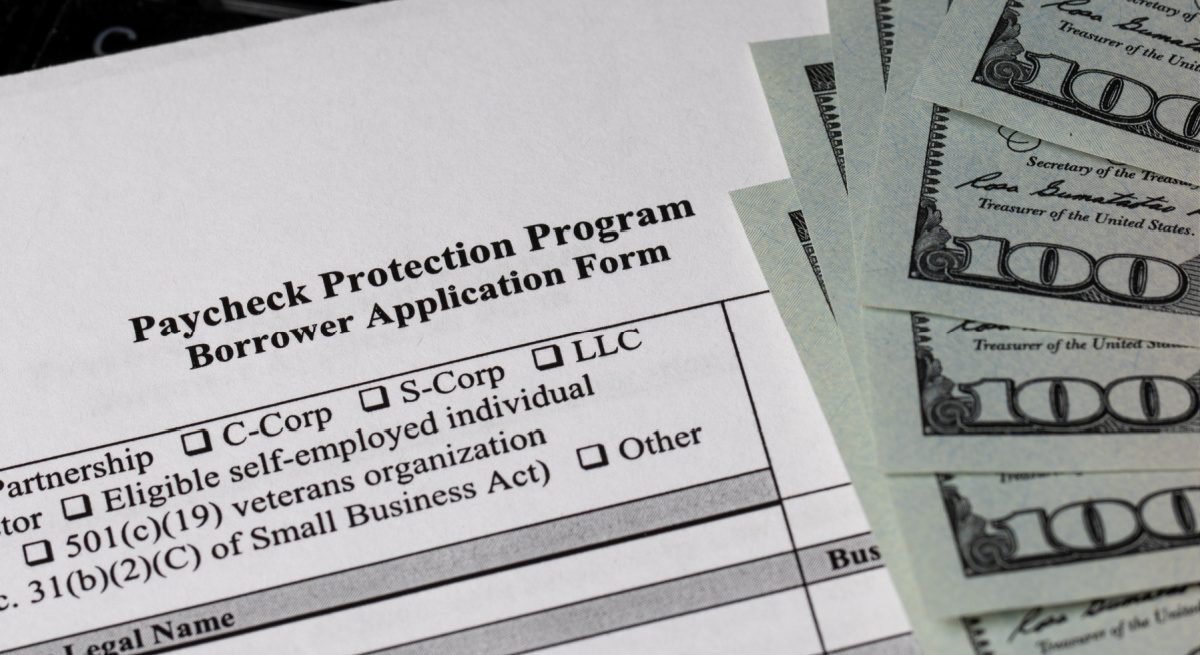How Restaurants Can Navigate the PPP Loan Forgiveness Program
3 Min Read By Anil Grandhi
With 50,000 restaurants receiving PPP loans of $150,000 or more keeping thousands of restaurants and restaurant workers afloat, it’s time to find out about the PPP Loan Forgiveness Program. Because that is how it was designed. In April 2020, Congress implemented the PPP program offering businesses forgivable loans to cover costs associated with payroll or certain other operating costs, like mortgage payments or utilities, for a period of 24 weeks (the covered period).
Now that the program has closed, many restaurant loan recipients will want to embark on the forgiveness process. Here is what you need to know in order to ensure you receive the maximum amount of forgiveness available.
Terms for PPP Loan Forgiveness
Each recipient must meet certain requirements in order to qualify for the full forgiveness amount. These include:
- Spending at least 60 percent of the loan proceeds on payroll
- Maintaining full-time equivalent (FTE) until the end of the covered period, or with the option to reach the required FTE number by Dec. 31, 2020
- Reducing employee salaries by no more than 25 percent during the covered period
In order to be eligible for forgiveness, payroll costs paid and payroll costs incurred, but not yet paid, during the Covered Period or Alternative Payroll Covered Period, if paid by the next regular payroll date
Employee gross pay including salary, wages, commissions, bonuses, and tips, capped at the annualized value of $100,000 for the length of the applicable Covered Period
One important note is that businesses that received a PPP loan of $50,000 or less, can receive full forgiveness of loan, regardless of changes in employee headcounts or pay rates. Borrowers must make representations about how they handled their PPP loans and maintain required documentation as backup.
What Documentation Is Required to Apply for Forgiveness?
While you should certainly document everything possible related to your PPP loan, there are certain documents that you will need to submit to your lender in order to be eligible for forgiveness.
- Payroll documentation that shows the cost of payroll during the loan period
- Proof of the average number of FTE employees on payroll
- Proof of payment for eligible operating costs – interest on mortgage payments, rent payments, utility payments, for which service began before February 15, 2020.
The documents that will show this include payroll reports, accounting records, payroll tax filings (Form 941), bank statements, utility bills, lease agreements, and a mortgage loan amortization schedule.
When Is the Right Time to Apply for PPP Loan Forgiveness?
Businesses can start applying now for PPP loan forgiveness but do not be in a hurry to do so—the loan payment is deferred till 10 months from the end of the 24-week covered period of your loan. Forgiveness applications can be submitted any time before the maturity date of the loan, which is either two or five years from loan origination
If your loan was for $50,000 or less, you’ll want to take advantage of the recent introduction of Form 3508S. This is a one-page PPP loan forgiveness application with self-certifications and declarations.
Borrowers should also note that a bill has been introduced into the Senate that would allow small businesses that received a PPP loan of $150,000 or less to obtain automatic forgiveness after submitting a one-page attestation form. If passed, this new proposed legislation would be highly beneficial to both small businesses borrowers and lenders, as it will reduce documentation and paperwork significantly. We expect to hear updates on this option soon.
PPP loans were a lifeline to many businesses during the spring and summer. To help get the most out of this program, make sure to follow the loan forgiveness process precisely. For many businesses, it will make sense to work with a tax or financial professional to ensure that they receive the maximum amount of forgiveness possible.


